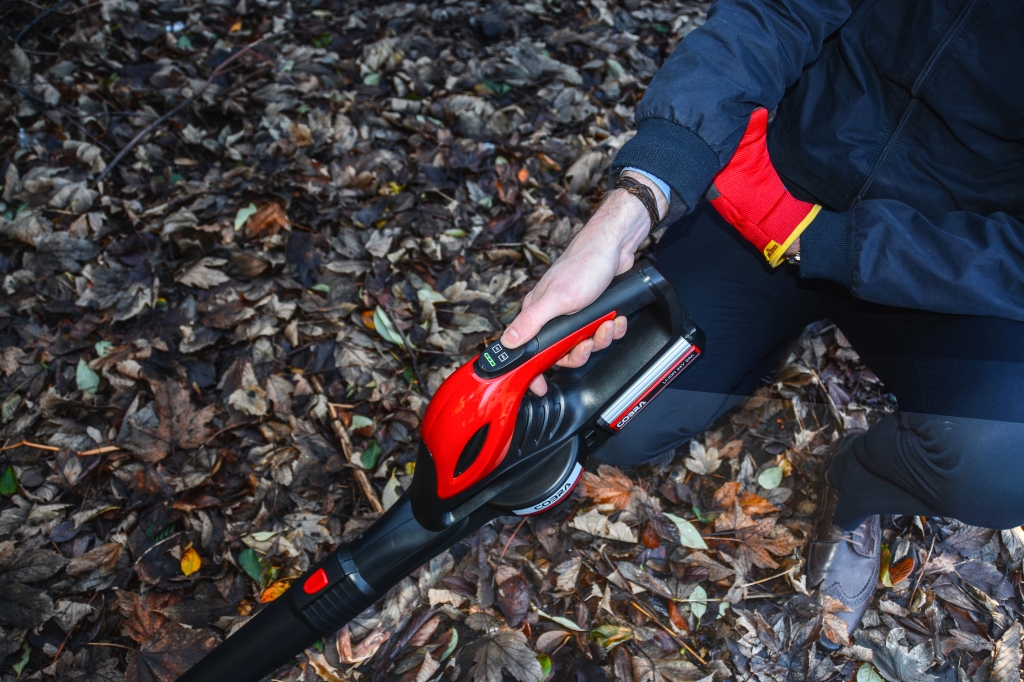As the season changes and trees begin to drop their leaves, gardens will transform into a stunning blend of auburn and amber hues, and lawns will slowly be covered by fallen leaves. Although the continuous task of clearing leaves can feel mundane, neglecting this seemingly unimportant task can result in issues that go beyond just maintaining a tidy garden.
We’ve compiled the top three reasons why this autumn task is more essential than it seems and how and when it is best to clear them.
Keep lawns healthy
One of the biggest problems caused by not clearing leaves is the damage it can cause to lawns. While leaves may seem harmless as they cover the ground, they can cause serious harm to your lawn’s health. A dense layer of fallen leaves can block sunlight and trap moisture, creating an environment where fungal diseases can grow. The lack of sunlight can hinder photosynthesis, impeding grass growth and eventually leading to thin, patchy, or dead areas of lawns.
Prevent pest infestations
When leaves are not cleared, they can provide a welcoming shelter for unwanted pests that thrive in warm and moist environments. Populations of insects and rodents can grow rapidly and quickly becoming a nuisance and can even cause damage to your property or spread diseases to plants and pets that share your garden.
Avoid drainage issues
If leaves are left to pile up in gutters and drains, rainwater cannot flow through properly. This can lead to clogged gutters and water overflow, causing damage to your home and garden. Unblocking drains can be expensive if you have to get someone out and can be a dangerous task to tackle without the correct equipment.
How and when to clear leaves
Clearing leaves that have been left to pile up and be both difficult and time-consuming. The longer the leaves are left to decompose, the more compressed they become, making it physically demanding to remove them. Regularly clearing leaves can help you stay on top of the task and prevent you from facing a daunting pile of deep, heavy, wet leaves.
It’s best to clear leaves on a dry day because wet leaves are heavier and harder to move, and always do it before a frost or snow as winter weather can make fallen leaves slippery and hazardous.
To do this with maximum ease, we recommend two tools – a leaf sweeper or a blower (ideally one with vacuum capabilities too). A leaf blower takes the backache out of gathering leaves so you can quickly gather debris into manageable piles. With a 2-in-1 tool, you can quickly switch between settings and hoover away the debris piles. Battery tools are ideal for doing this type of gardening task quickly, as there is no need to find sockets for electric cables or fill the tool up with petrol.
For larger areas, a push lawn sweeper may also be required as it allows you to smoothly clear up leaves productively. A sweeper uses cylindrical brushes to sweep up debris and collects it in a rear bag, making the tidy-up process swift and easy.
Reusing fallen leaves
Another good reason to clear fallen leaves is the opportunity to repurpose them to help your garden. Piles of leaves make the perfect home for all sorts of wildlife like hedgehogs, frogs, and blackbirds, so form leaf piles in a shaded spot to give nature a helping hand during the harsher seasons. That said, make sure to check the leaves you are clearing before you start to look for any small animals that may be sheltering in them.
Alternatively, gather fallen leaves and use a shredder to cut them down into smaller pieces, to create mulch or compost – again making sure to check for wildlife first! This organic material can be added to plants or lawns, providing them with additional nutrients and helping to maintain a sustainable and productive garden.
For further information or to browse our products, visit www.cobragarden.co.uk.


